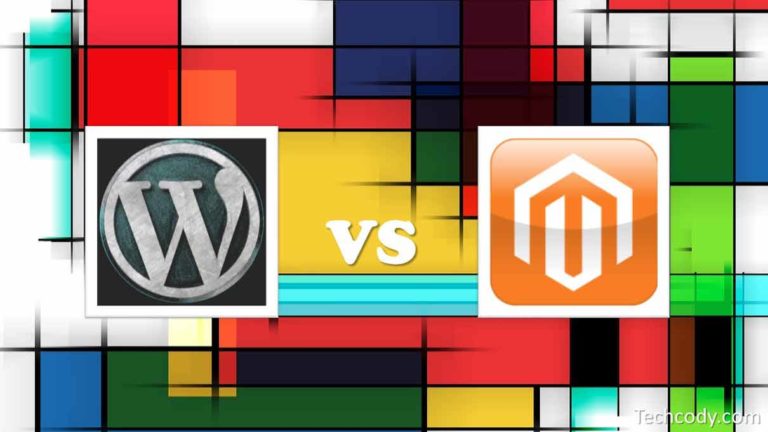PSD2 Technology: electronic payment services – All you Need To Know
PSD2 Technology Electronic Service
PSD2 Technology – PSD2 is denoted as the European regulation centering electronic payment services. It envisions to make payment more secure in Europe, ameliorate innovation, and help financial service providers to adapt to new technologies more efficiently.


PSD2 is proof of the increasing importance of Application Program Interfaces (APIs) in various areas of the financial sector. In this article, we will tell you everything that you need to know about PSD2 compliance requirements.
PSD2: An Overview
The revised PSD2 or Payment Services Directive 2 envisions to align payment regulation more efficiently with the existing state of the technology and market. It extends security requirements for the initiation as well as the processing of electronic payments and for the protection of the financial data of the consumers. It also determines and regulates Third-Party Providers (TPPs) that are allowed to access accounts and execute payment services.
This step will transform the entire payments market, especially in the eCommerce landscape by paving the way for greater competition, innovation, and transparency in payment services.
In simple terms, PSD2’s objective is to facilitate consumers with easier access to their financial data and encourage innovation by allowing banks to exchange this data safely with third parties.
The main change introduced by the regulation is the fact that the account-holding institutions and banks must provide secure access to accounts via APIs. This is done so that external service providers can directly offer payment and information services to the consumers.
What changes will it bring in the payments market?
PSD2 compliance requirements are going to revolutionize every area associated with payments. Here are some of the modifications that we can expect to witness:
- Optimizing Consumer Rights
PSD2 Technology eliminates the surcharges for using credit or debit cards. It also includes the right to get a refund (no question asked) for a specific time period.
This can be leveraged after making a direct purchase from debit purchases. It also extends reduced liability for non-authorized payments.
- Expanding the Payment Market of EU
PSD2 Technology offers organizations payment initiation or account information services access into the market.
- Reducing the Interchange Fees
It caps interchange fees between banks for transactions on cards. It envisions reducing the merchant costs for accepting debit or credit cards from the consumers.
Evidently, payments throughout Europe will become more competitive and faster for users. This also implies that they will have better choices and services. PSD2 will allow consumers to have more trust in the payments markets.
Who Will Be Most Affected by PSD2?
The new PSD2 compliance requirements will impact almost any entity that deals with financial services digitally. These providers will identify new opportunities as they can be now qualified as Third-Party Providers.
Companies that are presently using information or payment services can leverage TPP licenses to extend these services in-house and gain many benefits.
Moreover, for banks, the new compliance implies increased competition coming from the non-banking institutions for payment as well as information services. They will also need to generate APIs to offer external service providers a safe platform to access accounts.
However, banks can also benefit from PSD2 if they become TPPs themselves. By competing with external providers, banks can retain their customers and improve their relations with them.
The end-consumers will benefit tremendously as they will be able to access innovative financial and payment services. Moreover, owing to the fierce competition in the market, the prices of the services are likely to drop.
Implementation of the New Regulation
When it comes to security, the banks have to update all aspects of authentication that they provide to the customers. For instance, replacing the coordinate tokens or cards with phone messages or more robust tokens.
Additionally, they must also create systems and processes that enable banks to leverage exceptions authenticated by the Customer Authentication regulations to facilitate low-risk transactions.
With respect to TPP access, API is considered to be the primary technical medium that will enable banks to adhere to the PSD2 compliance requirements. But it is merely a presumption by the professionals in the financial and technical sectors.
The authorities are yet to share the technical standards associated with the same. This has pushed back the development of common standards as well as protocols associated with them.
Irrespective of the technical mechanism developed, PSD2 has now made it possible for users to verify the third party in order to add their financial information to and make payments through their bank account.
The Timelines for The New Compliance
Although there have been several delays in the establishment of this regulation, PSD2 came into the force in January 2018. However, the biggest milestone in the regulation was the requirements for authentication and third party access that came into force on September 14th, 2019.
However, not all the technical requirements have come into effect. The delay is caused due to the potential negative impact that PSD2 Technology could have on the eCommerce industry. Subsequently, financial institutions have more time to comply with the requirements.





